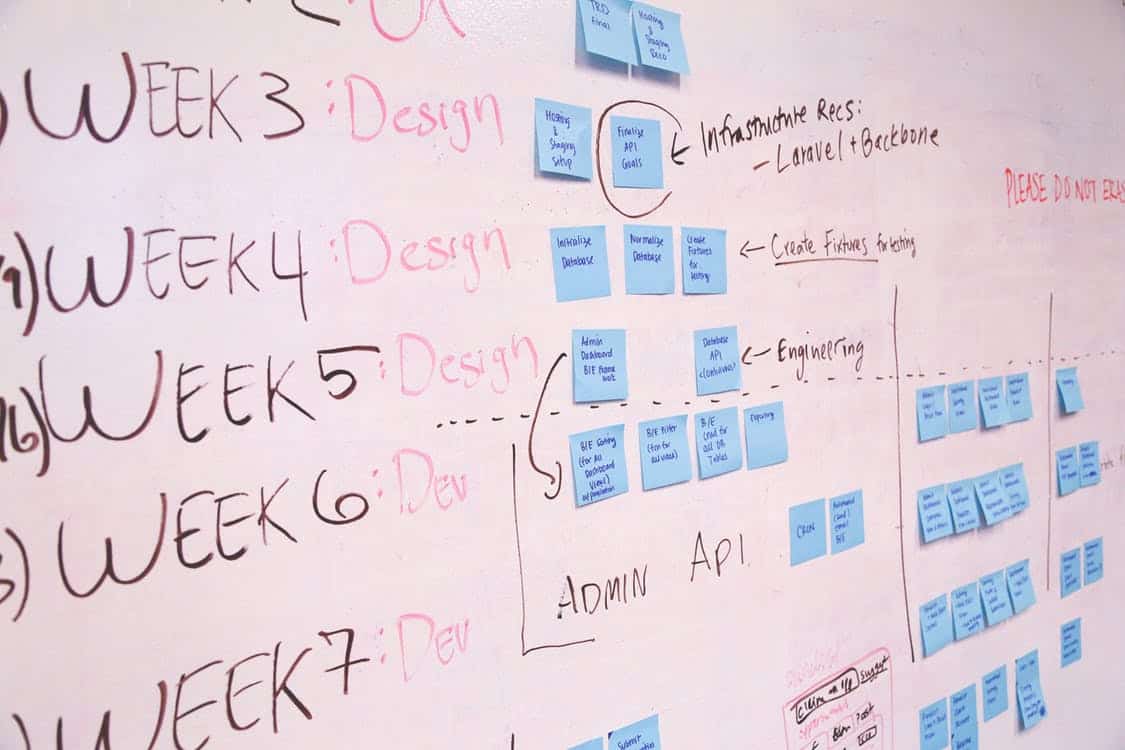The term tech stack refers to the combination of programming languages and tools used by developers to create mobile and web applications. This includes both front end and back end development.
These stacks have several layers of applications built on top of each other to create programs that work for users. The good news is you have a lot of options when it comes to choosing the best tech stack for your project.
However, the world moves fast now. You need something that grows with your product. Standing still is no longer an option, and your customers expect you to grow as technology and user demands evolve. You need to keep several factors in mind to ensure you’re making the best choice to future-proof your product.
Here’s how to choose the best technology stack for your mobile or web app.
1. Do You Understand Your Project?
No two technology projects are created equal. When you choose your tech stack, you need to keep in mind just what type of project you’re trying to build. For small projects that need to be delivered quickly, a CMS like WordPress is probably the best option for a web application, for example.
A mid-range project will need a greater combination of programming languages than a CMS alone. Because there are more functions built into the project, it needs to be seamless across platforms. A mid-range project includes things like e-commerce websites or other business pages that require languages like C# and Java, most likely.
Finally, complex projects will take the most planning. These include web and mobile apps that serve multiple functions at once and will need several programming languages. A social network, for example, is a complex project. More importantly, complex projects have heavy loads and require heavy frameworks.
If you want to keep an eye on your complex projects’ progress, making sure that employees are on track with their goals and set deadlines, invest in employee time tracking software. This advanced solution can be an invaluable addition to your technology stack.
2. What is Your Time to Market (TTM)?
Time to Market (TMM) is how much time you have until your official product launch date. More complex projects will likely need greater time to market, so keep that in mind when choosing a tech stack.
Some languages require increased testing to successfully keep up with consumer demand. As you can expect, the quicker you can bring a product to the market, the cheaper it is to make. However, if your application will need unique solutions to function, this will take extensive testing. Luckily, there are a lot of third-party integrations and solutions you can utilize to decrease your time to market.
Ultimately, how long it takes to produce your application will depend on the skill and expertise of your team. If you’re working with new developers, expect your TTM to be longer than if you were working with a team with a strong knowledge of your programming languages.

3. How Fast Do You Need to Grow?
An additional concern is how quickly you expect your application or product will need to grow. This is also known as scalability.
Scalability means how your application will handle increased traffic and a greater number of users. “Stacking” frameworks will help with spikes in traffic, and it will bring your app to new heights. There are two types of scalability: horizontal and vertical. To understand this, consider a building. Some builders are wider while others are taller.
A wider building might have several businesses at once, just as horizontal tech stacks have the product hosted on several servers. Vertical scaling is when you add more floors or more programs to your servers. You need both to keep your product running smoothly no matter your influx of traffic.
4. How Will You Maintain Your Stack?
It’s not enough to build a product and set it off into the world. It needs to be maintained on an ongoing basis. Problems will happen, and growth will be necessary. How easy is it to maintain your tech stack? First, make sure the code is simplified.
The complex and lengthy code takes a long time to understand. It will be complex to debug, and it won’t be easy to use collaboratively. Instead, opt for an easy to maintain code with a lot of clear repetition. In addition, are you choosing a language that’s likely to stick around in the future? Are there available resources on your specific language, for example?
You don’t want to build your product with a language that won’t be around in five years from now. In addition, do you have a system in place for monitoring and maintaining your stack over time?

5. What is your budget?
Finally, what is your budget for this product? There are a number of open-source tools and frameworks today like appoptics.com, and this is a great way to keep the cost low. However, sometimes you need to pay fees for certain features.
Some also require licenses. Make sure you factor the overall cost into your decision process. Also, consider the price of maintaining your app infrastructure. If you need to hire a large staff to keep up with growth and improvements, that’s something to keep in mind. Needing more storage space also will add to the cost. These are all parts of the puzzle.
Conclusion
The right tech stack will take your product into the future. Make sure it’s reliable, future-proof, and well tested. Your app is worth this extra planning in the early stages to ensure you don’t encounter problems down the road.
Development is moving quickly. Things change fast, so don’t get too comfortable. Your tech stack will grow with your company. Are you ready to make the best decision for your product and your customers?